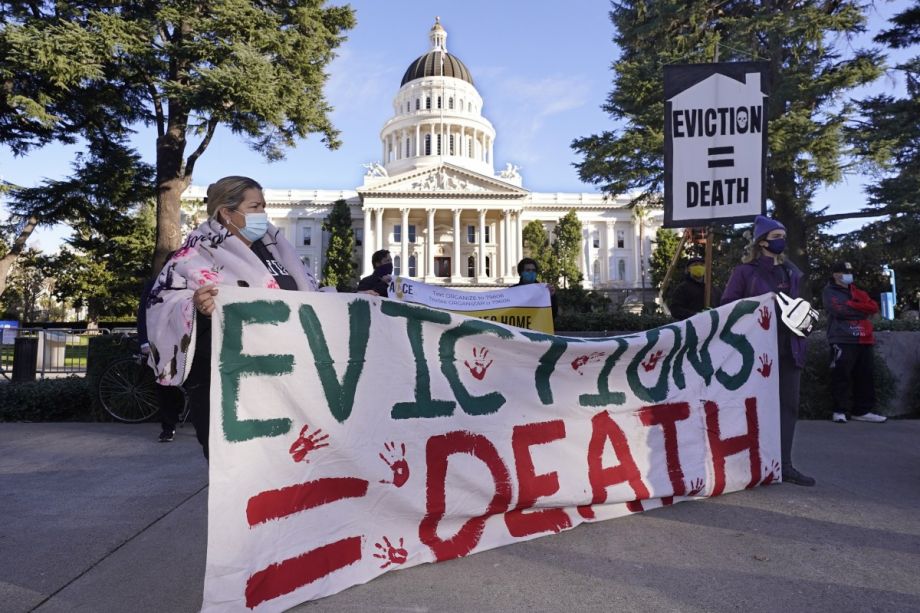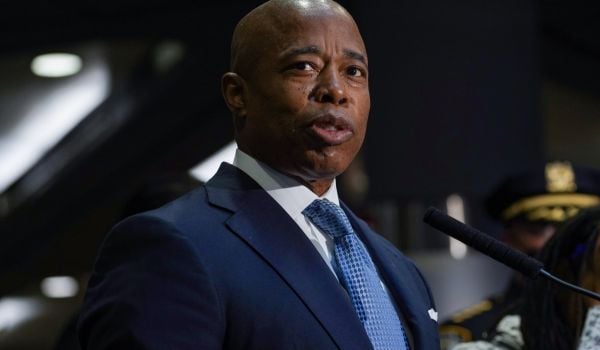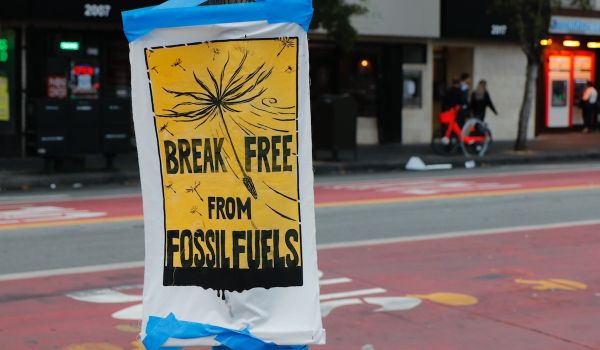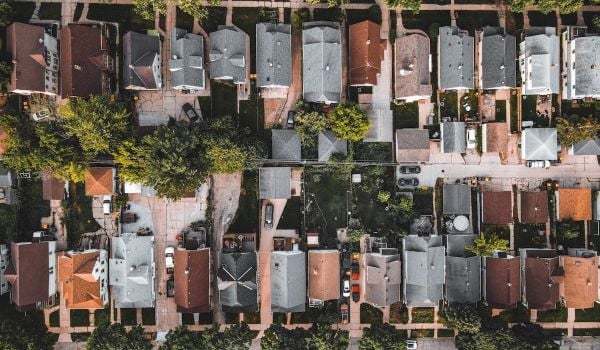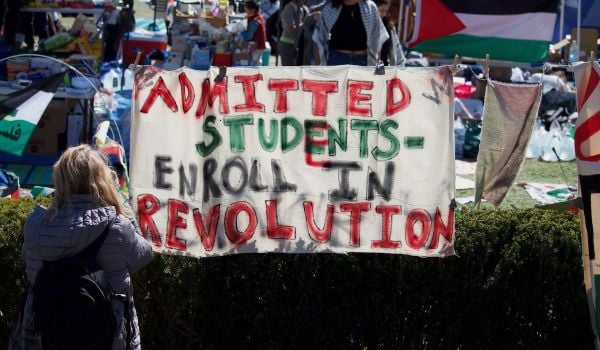Biden Administration Moves Eviction Prevention Funds to States With Need
The federal government is shifting eviction prevention funds from states with unused dollars to states with a high high need that have already tapped out their allotment. Most of the $46 billion Emergency Rental Assistance Program funds that have been sent out since 2020 have been spent, but the Biden administration is redirecting $377 million from states including Montana, Alabama, Nebraska, Wyoming and West Virginia that either have a low population of renters or failed to disburse money, according to the New York Times. The states that will receive more money include California, which will receive $136 million, New Jersey, which will receive $47 million, and New York which will receive $119 million.
According to AL.com, the federal government already pulled back $42 million of Alabama’s $263 million allotments in February after it failed to meet deadlines and will take back another $30 million this month. An alarming amount of applications were rejected in Alabama as fraudulent — $57 million worth — compared with a minuscule amount of fraudulent applications in California. It is a sign that some states are rejecting qualified applicants or applying restrictions that are too stringent.
New York state has $1.6 billion of unmet need, and Governor Kathy Hochul, along with other governors from states with a high number of renters, has been requesting additional funds for months. Eviction cases have been ramping up in NYC after the state’s moratorium elapsed on January 15. But with over a billion dollars of need still remaining in New York alone, the federal government is urging jurisdictions to prepare their own anti-eviction measures. “As these funds run out, Treasury is encouraging state and local governments to invest in long-term strategies to prevent evictions and build affordable housing, using other resources,” Deputy Treasury Secretary Wally Adeyemo told the Times. Eviction prevention funds, moratoriums and other measures led to three million less evictions than in pre-pandemic years, according to Eviction Lab.
Report Shows New Market Rate Units Lead To Displacement, Recommends Social Housing
A report out of Berkeley’s Urban Displacement Project and Stanford University’s Changing Cities Research Lab paints the most granular picture yet of how new housing production impacts residential displacement. The report found that when new market-rate units were built in nine Bay Area counties, there was a high inflow and outflow of residents. But the researchers make a distinction between this movement, which they refer to as “churn,” and displacement, which they define as involuntary movement. The researchers found the rate of displacement for low to moderate-income renters increases up to 2 percent above “normal rates” and more for extremely low-income households. The authors also found that some types of housing stock, including older housing stock, can face a higher displacement risk for its tenants when new market-rate units arrive compared to newer housing stock in the same neighborhood. While some YIMBY or “Yes In My Backyard” advocates have pointed out that market-rate units can alleviate the overall stress in the housing market, this new data affirms this relief is uneven.
Because California has a well-documented supply shortage, researchers advocate for building new units across income bands but pairing it with bolder housing initiatives. According to the report authors, “While a focus on multifamily development helps, it won’t solve the problem. To address the housing affordability crisis and mitigate displacement, policymakers must pursue not only preservation of unsubsidized affordable housing, but also bolder initiatives such as social housing.” To read more about what this means in practice, check out my reporting on San Francisco’s Small Sites Program.
NYC Slow to Spend Federal Housing Vouchers
The Department of Housing and Urban Development gave out 7,788 housing vouchers to NYC as part of the American Rescue Plan last May, 75 percent of which were to be set aside for people experiencing homelessness. But less than a third of vouchers have been allotted in the last ten months, according to City Limits. And fewer have been spent: just 1.5 percent of the vouchers sent to the Department of Housing Preservation and Development were spent, and 6.5 percent of the vouchers that were allocated to NYCHA, NYC’s public housing authority. According to City Limits, “The emergency housing vouchers could drive a significant decrease in homelessness, especially among families, who make up the bulk of the shelter population.” The cause of the slow spending has been attributed to strict federal requirements, staffing shortages at city agencies and red tape. According to the publication, the usage of these emergency housing vouchers is low across the country, as only 20.6 percent have been used to rent a unit nationwide.
This article is part of Backyard, a newsletter exploring scalable solutions to make housing fairer, more affordable and more environmentally sustainable. Subscribe to our weekly Backyard newsletter.

Roshan Abraham is Next City's housing correspondent and a former Equitable Cities fellow. He is based in Queens. Follow him on Twitter at @roshantone.



